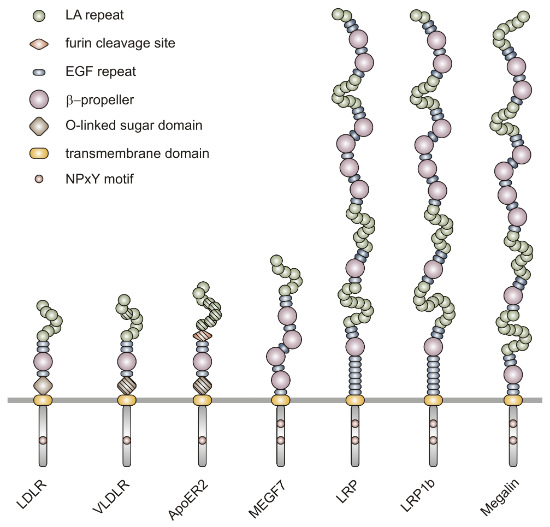- Study reveals opportunities to reduce treatment disparities through targeted patient education and cholesterol management programs.
- Represents a relatively easy performance-based medicine intervention with a low cost to benefit ratio.
- A chance to both clinically benefit patients in an evidence-based manner.
- Represents a significant financial opportunity.
- Nearly 90% of compliant patients were taking a statin.
Nearly half of adult Americans who are eligible for cholesterol lowering therapy are not receiving it, according to a recent report from the Centers for Disease Control and Prevention (CDC) in Morbidity and Mortality Weekly Report (MMWR). “More than a third of American adults are eligible to take cholesterol-lowering medications under the current guidelines or were already taking them–but nearly half of them are not,” according the CDC report. Black people and Mexican Americans were found to be less likely than White people to be taking cholesterol-lowering medications.

Clinical Opportunity
After examining data collected between 2007 and 2014, CDC researchers found that portions of the eligible patient population was being under-treated for cholesterol control. For this population, their LDL levels are generally too high. Treating them with the appropriate medication—and there are many—would reduce national healthcare costs and improve clinical outcomes. High blood level of LDL cholesterol remains a major risk factor for heart disease and stroke among people in the U.S.
“Nearly 800,000 people die in the U.S. each year from cardiovascular diseases—that’s one in every three deaths—and high cholesterol continues to be a major risk factor,” said Dr. Carla Mercado, a scientist in CDC’s Division for Heart Disease and Stroke Prevention in the MMWR. “This study reveals opportunities to reduce existing disparities through targeted patient education and cholesterol management programs.”
New ACC/AHA Guidelines
The American College of Cardiology and the American Heart Association recently recommended cholesterol-lowering medication for 4 groups of adults:
- People with heart disease, a prior heart attack or some types of stroke, or angina.
- People with LDL cholesterol levels ≥190 mg/dL.
- People aged 40 to 75 years with diabetes and LDL cholesterol levels of 70 to 189 mg/dL.
- People aged 40 to 75 years with LDL cholesterol levels of 70 to 189 mg/dL and an estimated 10-year risk of developing heart disease ≥7.5%.
“Some people with high LDL cholesterol and who have or are at risk of heart disease are eligible for cholesterol-lowering medications. They should also make lifestyle changes such as getting regular exercise, eating a heart-healthy diet, and losing weight. Yet fewer than half of people eligible for or who were taking cholesterol-lowering medication make these changes” according to the MMWR study.
The CDC has a target of getting 65% of Americans to manage their high levels of LDL cholesterol by 2017. This is one of the major targets of the U.S. Department of Health and Human Services’ Million Hearts initiative to prevent 1 million heart attacks and strokes.
CDC researchers examined data from the 2005-2012 National Health and Nutrition Examination Surveys. Overall, they found that 36.7% of U.S. adults—78.1 million people aged ≥21 years—were eligible for cholesterol-lowering medication. Within this group, 55.5% were currently taking cholesterol-lowering medication and 46.6% reported making lifestyle changes; 37.1% reported making lifestyle modifications and taking medication, and 35.5% reported doing neither.
Clearly this 35.5% is a large number of patients. This represents a fruitful opportunity to improve the health and overall outcomes of patients in this group. It also represents an earning opportunity for your practice.

Gender and Ethnicity Variations
Gender, race, and ethnicity made a difference. Of:
- Of men, 40.8% were found to be eligible for or already taking cholesterol lowering medication; 52.9% of these were found to be compliant.
- Among women, 32.9% were eligible for medication and 58.6% of these were compliant.
- Among Mexican-Americans 24.2% were eligible for or already taking medication and 47.1% were compliant.
- Among African Americans, 39.5% were eligible for or already taking medication and 46% were compliant.
- Among whites, 38.4% were eligible for or already taking medication and 58% were compliant.
Clearly, these percentages add to a significantly large group of patients and potential patients. The epidemiologic significance of treating these groups of patients could be enormous.
The overall cost of related comorbidities would reduce, cutting national healthcare costs. Physician practices could realize significant income by appropriately treating these patient.
The CDC reported that blacks who did not have a routine place for healthcare had the lowest rate compliance with a recommended cholesterol-lowering medication, at just 5.7%. People who said they already had adopted a heart-healthy lifestyle (about 80%) were the group most likely to be taking cholesterol-lowering medication.

